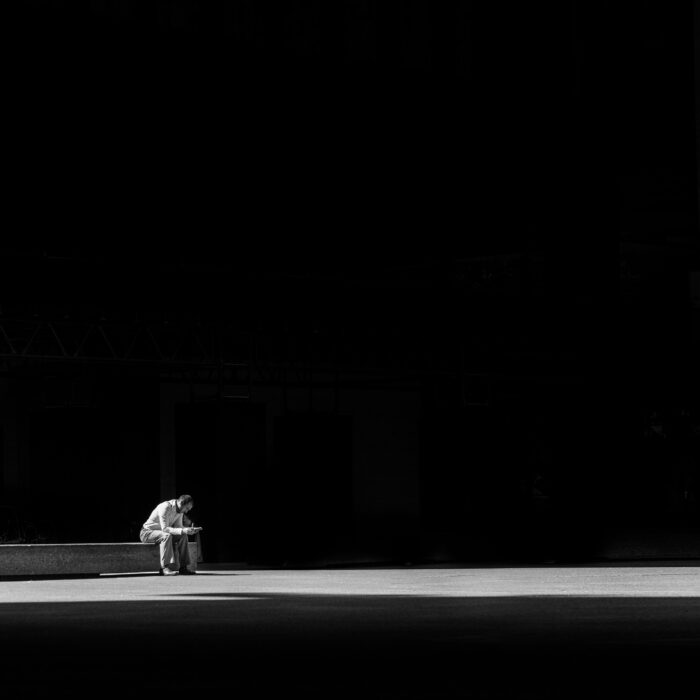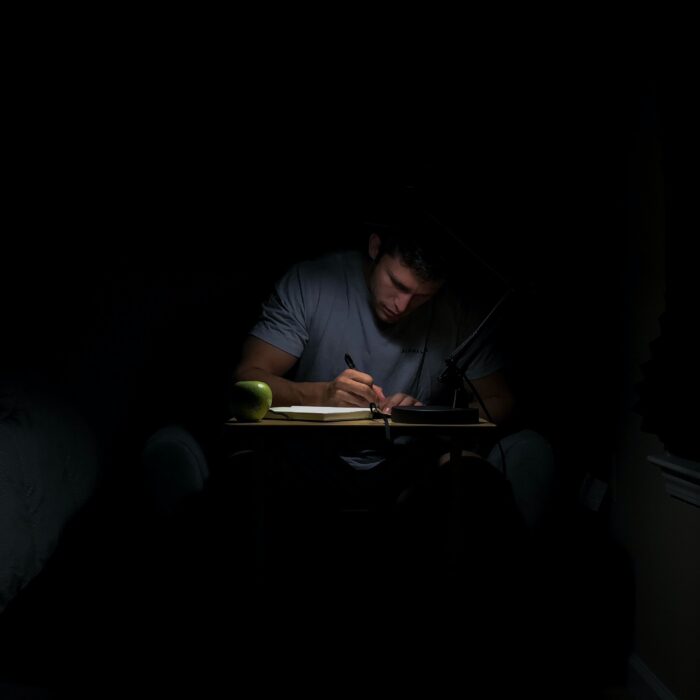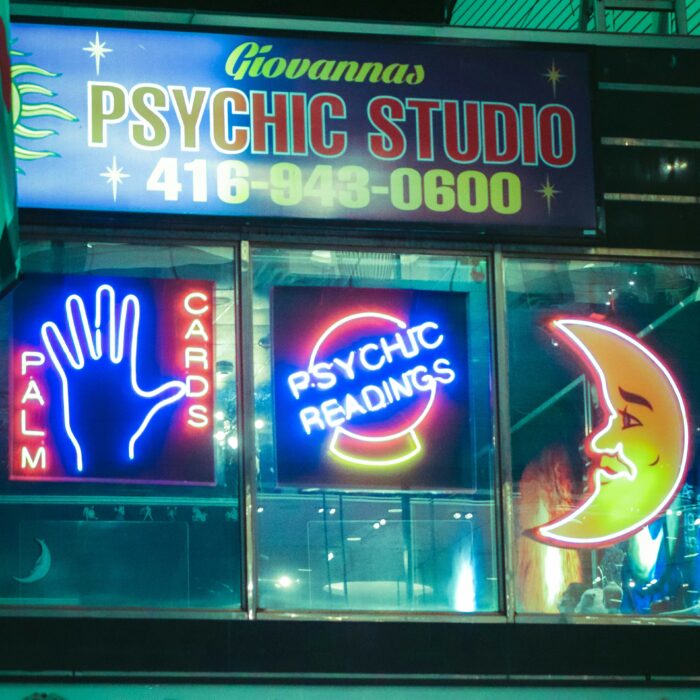You have no items in your cart. Want to get some nice things?
Go shopping
Let any number of women be represented as points in space-time and you will always be able to find a surface that connects them. This was what Einstein’s wife, whose name was Mileva Marić, was working on when she fell pregnant with their first child. (The one who disappeared from history. In other words, the girl.)
Nobody has ever bothered to test Mileva Marić’s theory until now.
Let the first woman be Valentina Tereshkova. What’s her location in the four- dimensional continuum? It’s the occasion of her visit to the Observatory in Edinburgh, almost exactly a year after the Berlin Wall has come down and the Soviet Union is disintegrating into its constituent elements. I’m studying for my PhD in astronomy at the Observatory; I spend my days thinking about how black holes and galaxies form in the early universe, and how to save enough money from my grant to buy some new jeans. Anyway, on this day that Valentina Tereshkova is invited to the Observatory, for some reason (I don’t speak Russian and she doesn’t appear to understand English) I’m chosen to show her around.
I only know one fact about Valentina Tereshkova but it’s an important one; she was the first woman to go into outer space. Back in 1963, when the Russians were still Soviets and when the Soviets were beating the Americans at the space race, she spent nearly three days orbiting the Earth in a Vostok rocket.
I’ve been instructed to show her the two telescopes, one in each of the copper-topped towers at either end of the Observatory. Of course, nobody has actually used these telescopes for many years; in their way they’re now as defunct as the Soviet Union. But I imagine that Valentina Tereshkova is used to out-of-date hunks of metal, and as I talk to her I find myself picturing vast and ancient space rockets peacefully rusting into the black earth of the Caucasus. Of course, we do have more up-to-date machinery for our research; new telescopes, cameras, satellites and so on, but they’re all a long way from the Observatory itself. Right here, it’s somewhat more historic.
I lead her up the spiral staircase to the first telescope, and maybe it’s because I think she can’t understand a word I’m saying that I start to tell her about the bomb. How in 1913 an unknown suffragette placed the bomb at the base of this tower; the subsequent explosion damaged the curved brick wall and injured the woman herself, who left a trail of blood leading away from the Observatory and down the hill. I even tell Valentina Tereshkova about the handbag found at the scene, which contained some currant buns, and a note fastened to it with a safety-pin. All the note said was the suffragette slogan “Deeds not words”. I speculate about why the suffragette didn’t eat the buns before the bomb went off, perhaps she was too nervous or perhaps they were an obscure political statement. Valentina Tereshkova nods at me, probably thinking that I’m explaining my PhD work on distant galaxies with black holes et cetera. That is what I’m supposed to be telling her. I’m not supposed to be telling her about the suffragette bombing, as hidden a history as the black holes themselves which can only be indirectly inferred from the way they disturb their surroundings, warping space-time into curved surfaces. (As predicted by Einstein and subsequent physicists.)
Apparently Mileva Marić helped her husband with some of the trickier aspects of the maths in his work. This is not documented, of course. When I was at school I was good at maths, and even now I can write a line of algebra that extends a surface to infinity. (Perhaps I’ve always enjoyed writing the phrase “Let x be” because of its implicit command.)
Valentina Tereshkova never went as far as infinity. But in her Vostok rocket she reached an altitude of 200,000 metres, or about sixty times further from sea level than I’ve ever been. When we’re both in the dome, I point out the technical characteristics of the telescope, which is now as obsolete as a cassette recorder, and spends its days waiting for someone to come and dismantle it.
*
You need more than one point to define a surface. (Basic geometry.) So let the second point be occupied by Lise Meitner. Born in Vienna in the late nineteenth century to a Jewish family; her original name is Elise, mutating at some unknown point in her childhood.
She spends most of her professional life at a science institute in Berlin where initially she must work in a basement, separated from the male scientists. Over time she’s allowed to interact with them, slowly and cautiously at first, in case they run from her like startled deer. She starts a lifelong collaboration with Otto Hahn and is allowed to work with him in the main laboratory. (I say “she worked” but she wasn’t actually paid a salary for the first few years.)
At the beginning of the twentieth century an elegant experiment showed that almost all of an atom’s mass is concentrated in a tiny nucleus, and the rest of the atom is practically empty space. Sometimes this nucleus emits high energy radiation and particles, and transforms itself; the resulting daughter atom is now a different chemical element and bears no trace of its mother substance. It’s this radioactive phenomenon that intrigues Lise Meitner.
The third woman. While Lise Meitner is studying radioactivity at the University of Vienna, my grandmother is born in that city and she is known as Lisl, an adaptation of her birth name Elise. (This was a common name in Vienna, it’s only a coincidence that she shares it with Lise Meitner.)
By 1933 Lise Meitner has been living and working in Berlin for over twenty-five years. Across Germany, Jewish scientists are dismissed from their jobs that year but somehow she manages to hold onto hers. Perhaps it’s because she’s Austrian and technically not subject to the laws of the Third Reich, or perhaps the relevant officials haven’t noticed her because she’s a woman. There’s no way of finding out the right answer to the question without drawing attention to herself, and that would be very dangerous. But after Germany annexes Austria in 1938 and Austrian citizens become German, she’s altered from one identity to another and now all the laws of the Third Reich definitely apply to her.
Also in 1938, my grandmother escapes from Vienna. At a time when hardly any Jewish adults are allowed to enter Britain from overseas, somehow (I don’t know how) she obtains a visa which gives her permission to find work as a domestic maid.
I imagine her at work. Methodically removing the contents of a kitchen cupboard, setting the stacks of cups and saucers and plates and bowls on the floor, before wiping down the cupboard shelves first with a damp cloth and then a dry one. She has to rearrange the crockery in the cupboard several different times before she can close the door, because it will only fit if you do it the single right way and not one of the countless wrong ways. While she works, she is kneeling in front of this cupboard and trying not to think about what is happening in Austria. (But how can you not think when you do a task like this? How can your mind not fly off in all directions?) There’s too much room inside her head and not enough in the cupboard.
Lise Meitner escapes to Stockholm where she’s been promised work in the physics laboratory at the Nobel Institute. Sweden is neutral territory, she should be safe here. But because the director of this laboratory doesn’t approve of women working she has no official status and, just as in Berlin thirty years before, she’s confined to a basement. In a letter to Hahn she writes, “This place is unimaginably empty. There are no pumps, no capacitors, no ammeters, nothing to do experiments with.”
All she’s managed to bring with her from Berlin are two small suitcases of summer clothes, and now it’s winter and she’s getting colder with every passing day. She writes to Hahn again and asks him to post her woollens and her books. Meanwhile she sits in her basement and thinks about what happens when uranium atoms are bombarded by neutrons. She scribbles notes on scrap paper and waits for her books to arrive.
But she’ll manage. After all, she studies the atom. Too small to see even with the most powerful microscope, the atom still has enough space for these fascinating processes she’s spent her life studying. If a nucleus were the size of a house fly, the surrounding atom would be as big as a cathedral. So why complain about being limited to this basement when there is so much to think about?
The only home she has is a room in a rather down-at-heel hotel. Over the years she’s stayed in many such places, got used to many different bedrooms with bathrooms a long way down a chilly corridor, and meals provided at extra cost. Furnished rooms with two drawers for her underwear and a wardrobe, or maybe just a hook on the back of the door, for her dresses. A rickety table where she can spread out her books and papers, and a frayed rug on the floor to cover the holes in the linoleum. Small rooms – these rooms are never spacious – that require her to be quiet and orderly and neat. She has learned that this is how single women must live.
In 1939, Lise Meitner works on the problem of nuclear fission. She estimates the huge quantities of energy that could be released from a lump of uranium, causing a cloud of radioactive material to rise eight miles high into the atmosphere. In a room so small she can touch the opposite walls while she is sitting down, and spending days silently by herself because nobody else will talk to her, Lise Meitner completes a calculation that will trigger the future atom bomb.
After the end of the war when Hahn gets the Nobel Prize for their collaborative work and she is overlooked, someone asks her if being Jewish damaged her career. Lise Meitner answers, “Being a woman is such a huge handicap that my religion has never mattered.”
In the same month that I meet Valentina Tereshkova, my grandmother moves into an old people’s home. When I visit her there, I find her sitting at a table and cutting up used greetings cards to make collages. I watch as she manoeuvres the scissors, causing little pieces of coloured card to flutter down. Then she reassembles them so that they fit together into a new surface, so perfectly constructed it has no tell-tale gaps. My grandmother talks a lot as she does this but she never tells me anything about her past, and about what – or whom – she left behind in Vienna.
In exchange for my tour of the Observatory, Valentina Tereshkova gives me an egg, a perfectly blown egg that rests in the palm of my hand. A shell that once protected its contents from the rest of the universe. A miniature spacecraft.
The name of Mileva Marić’s lost girl was Lieserl and she was born in 1902, in Serbia. It’s not known when she died. As space-time expands and carries us all away from each other into our own separate futures, let us remember these facts.
About Pippa Goldschmidt
Pippa Goldschmidt is a writer based in Edinburgh and Frankfurt. She’s the author of the novel The Falling Sky and the short story collection The Need for Better Regulation of Outer Space, as well as co-editor (with Tania Hershman) of I Am Because You Are, an anthology of short stories and essays celebrating the hundredth anniversary of general relativity (all published by Freight Books before it went bust). Her work has been broadcast on BBC Radio 4 and published in a variety of places including Scottish Review of Books, Times Literary Supplement and the New York Times, as well as anthologies such as A Year of Scottish Poetry (Macmillan) and Best American Science and Nature Writing 2014 (Houghton Mifflin). Her current project is co-editing (with Drs Gill Haddow and Fadhila Mazanderani) Uncanny Bodies, an anthology of fiction and non-fiction inspired by Freud, cyborgs and the history of Edinburgh, to be published by Luna Press in 2020.
- Web |
- More Posts(1)



